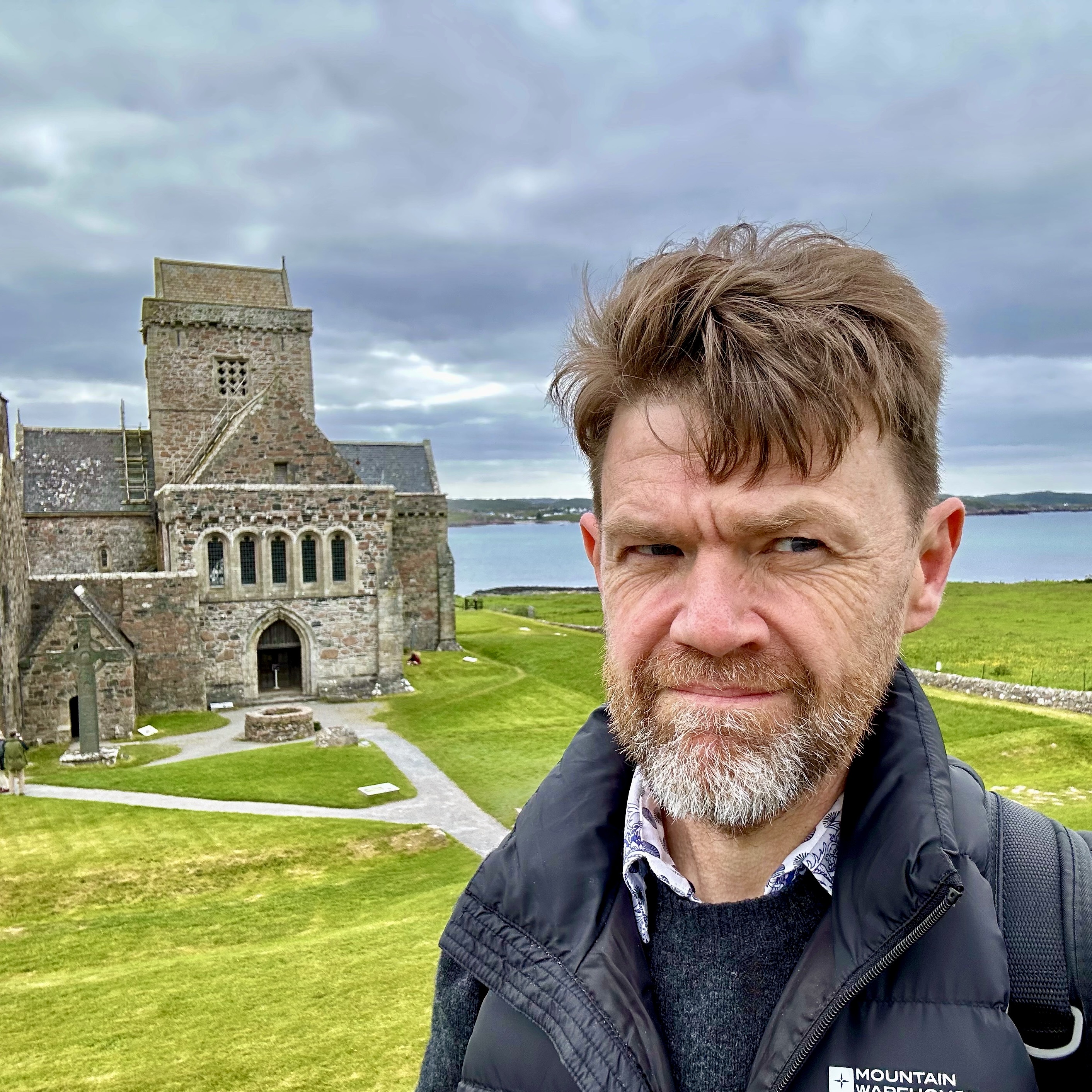In the previous entry I explored the connection between proofs and necessity. Here, I want to spend a little time exploring the other side of the logical street, the connection between models and possibility. As I have already explained, one core insight from 20th Century work in logic is the fundamental duality between proof theory and model theory. You can define logical notions like validity by way of proofs (a valid argument is certified by the existence of some proof) or by way of models (an argument is shown to be invalid by the existence of some model which serves as a counterexample).
Exploring proofs gives you can account of the different ways that concepts are tied together. (It gives you an account of what is involved in different kinds of necessary connections. The more different proofs you have, the more connections are possible.) Approaching the validity/invalidity boundary on the other side, by way of models, gives you a very different picture of this boundary. Defining more models means having more counterexamples.
Model building is one very fruitful way of articulating what is — and more importantly, what isn’t — a part of a theory. Suppose you are interested in some strange new theory. (Put yourself back into the 19th Century, and consider a strange newfangled theory of geometry, where you accept the first four of Euclid’s axioms, but you deny the parallel postulate.) You’ve got your collection of basic principles, but you’re not sure what follows from them. If you can manage to build a model for your theory, then this can begin to address the question of what the theory involves. In particular, any can give you a decisive answer to some questions about what the theory doesn’t involve. If your model gives you a way to interpret all of the basic principles of the theory as being true, and if some other claim turns out to be false in , then you can see how doesn’t follow from those basic principles. gives you a picture of how the theory could be true, and in this case, it shows how comes apart from the axioms of the theory. (So, if you think that should be true, according to the theory you’re exploring, you need to supplement your axioms.)
Having a model on hand — in and of itself — gives you little information about what does follow, because theories can have more than one model, in which different things hold. If something is not true in a model for your theory, that tells you that it is not a consequence of the first principles theory; but when something is true in a model for your theory, that’s not necessarily enough to show you that it is a consequence of the first principles of the theory. After all, it might hold in some models, and not others. To show that something does follow (given the soundness and completeness theorems) we need to show that it holds in every model of the theory.
So, models, in and of themselves don’t do everything, but they are an excellent way to open up new areas of logical space. The development of models of non-Euclidean geometries helped us expand our understanding of what is involved in talk of points and lines. The development of models of different modal logics or non-classical logics helps us come to grips with different options for how basic propositional notions such as conjunction, disjunction, negation, conditionality, possibility and necessity might fit together. Models are useful tools for sketching out options.
So, models for theories give us powerful tools for exploring logical notions, and they provide an especially powerful way for expanding our bounds of understanding what is possible. Constructing a model of a theory is one way to show how that theory could be true. I love the way which the possibility of logical space is a wide plenitude, that the different antecedents for a “what if…” lead us in so many different directions.
Possibility is the tenth of twelve things that I love about philosophical logic.
